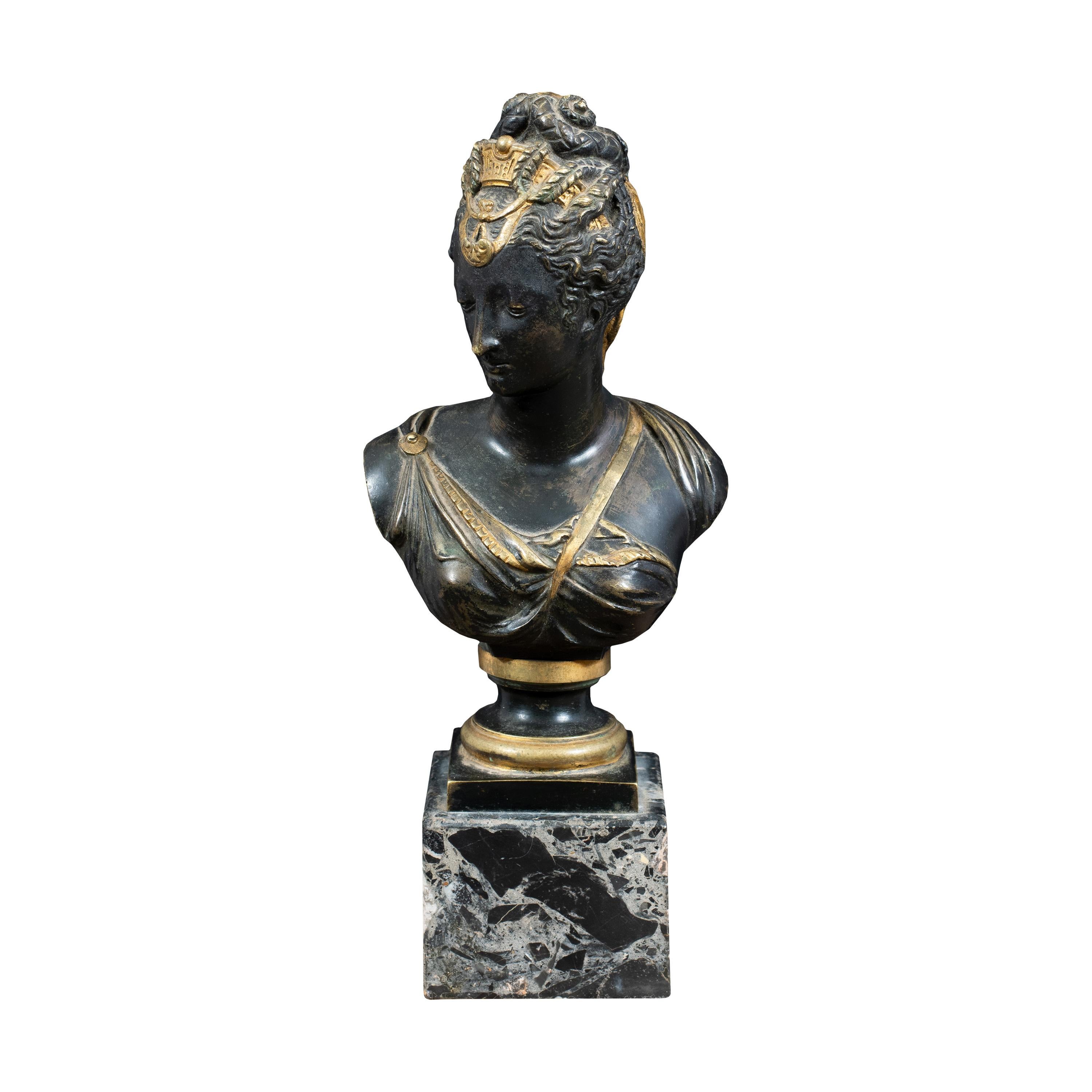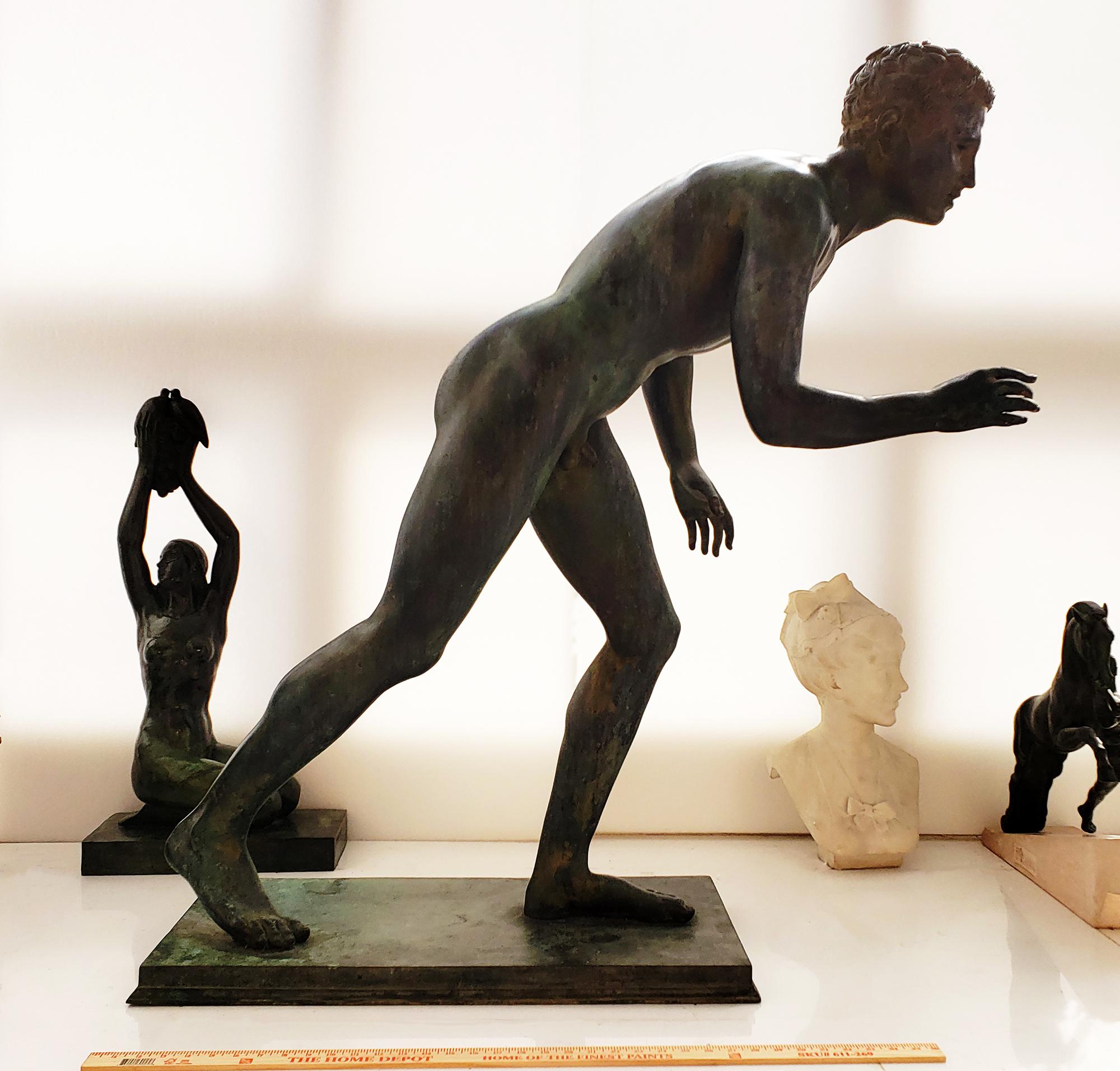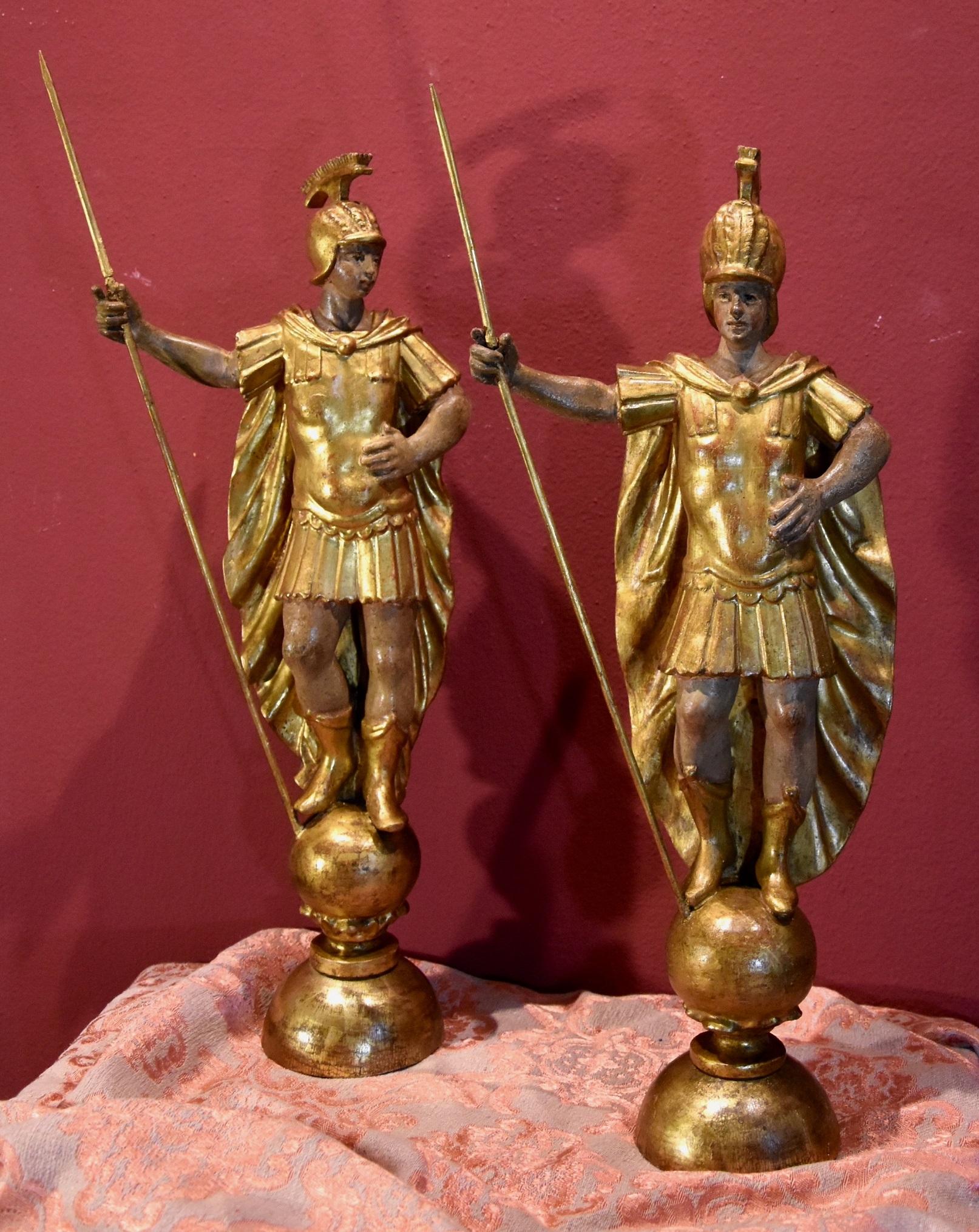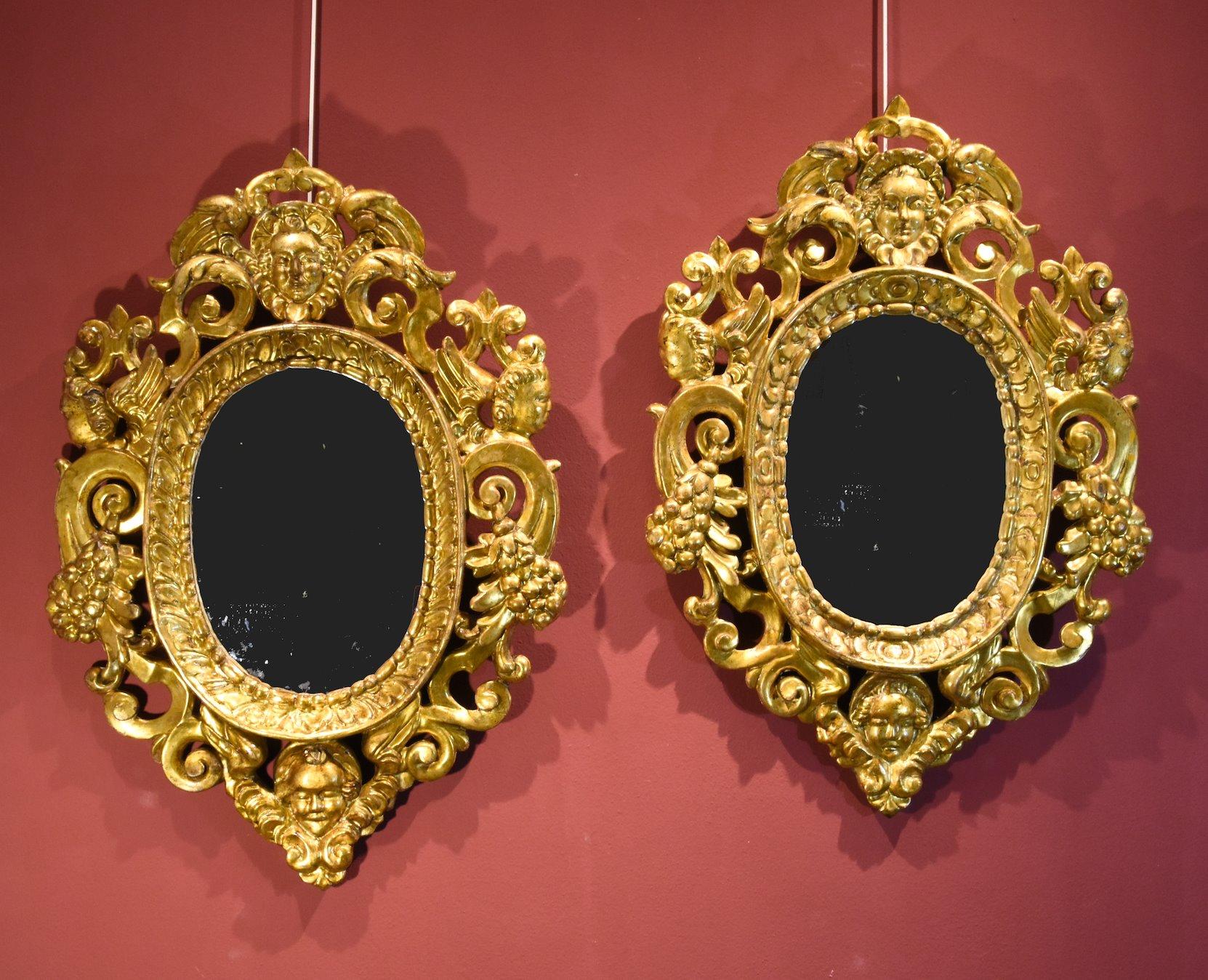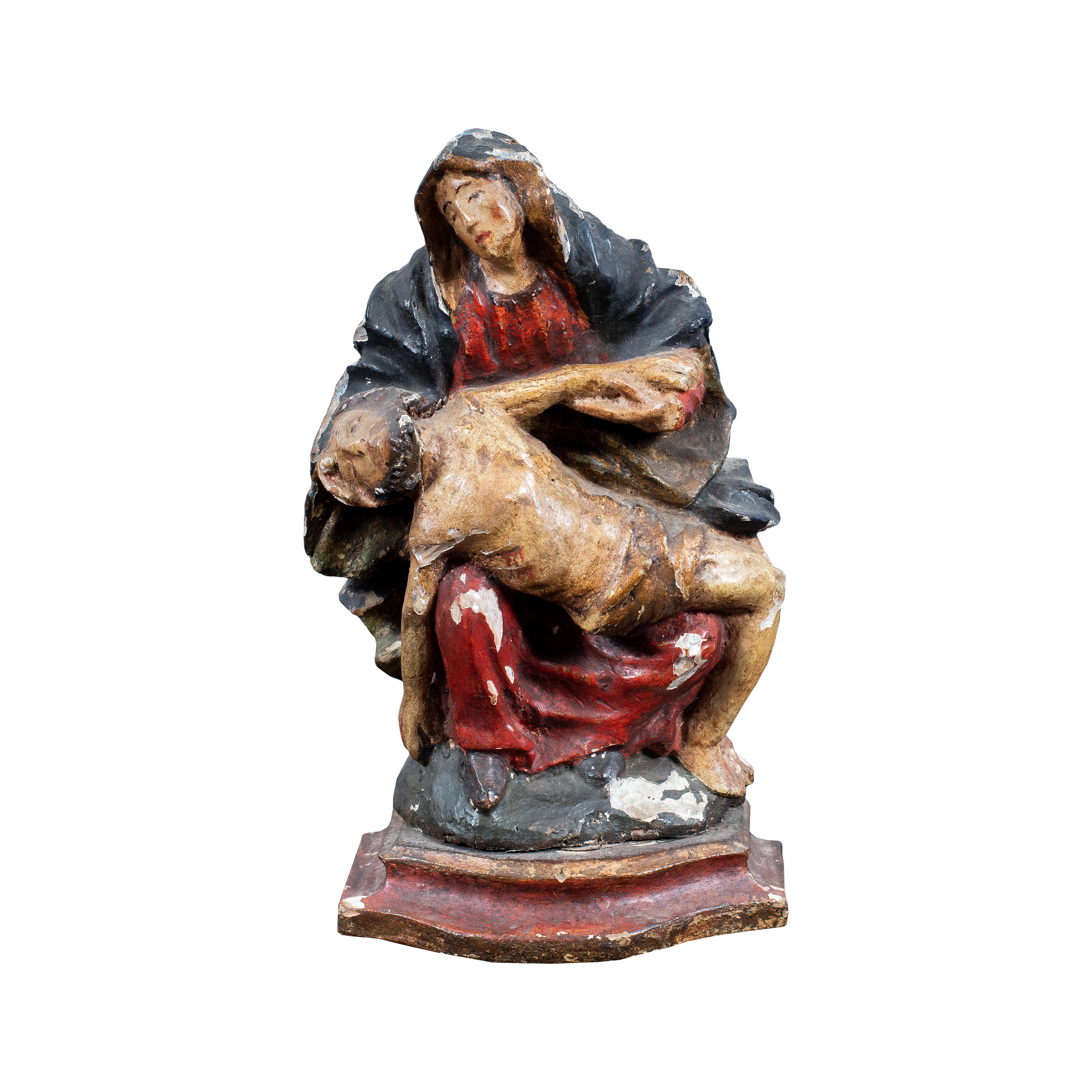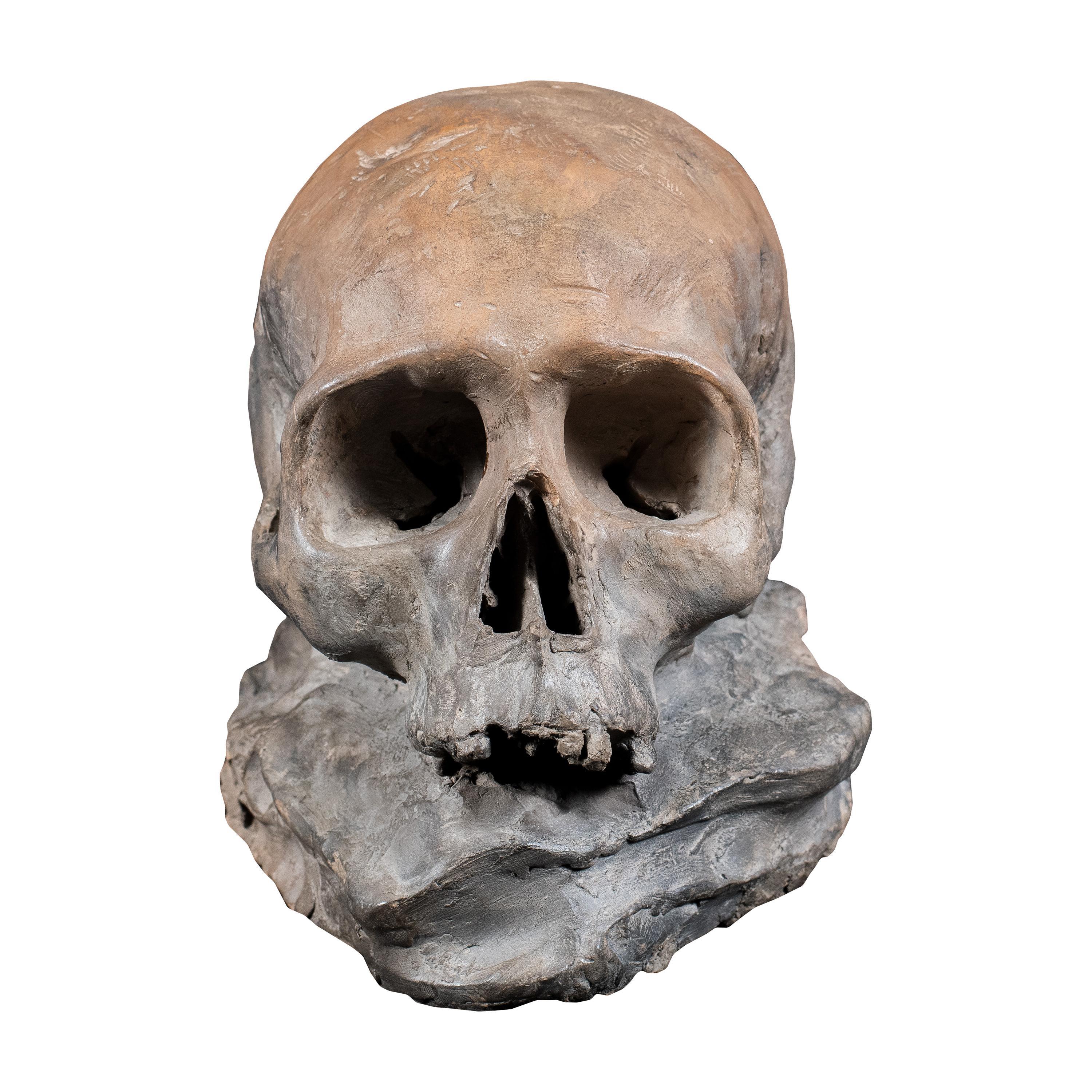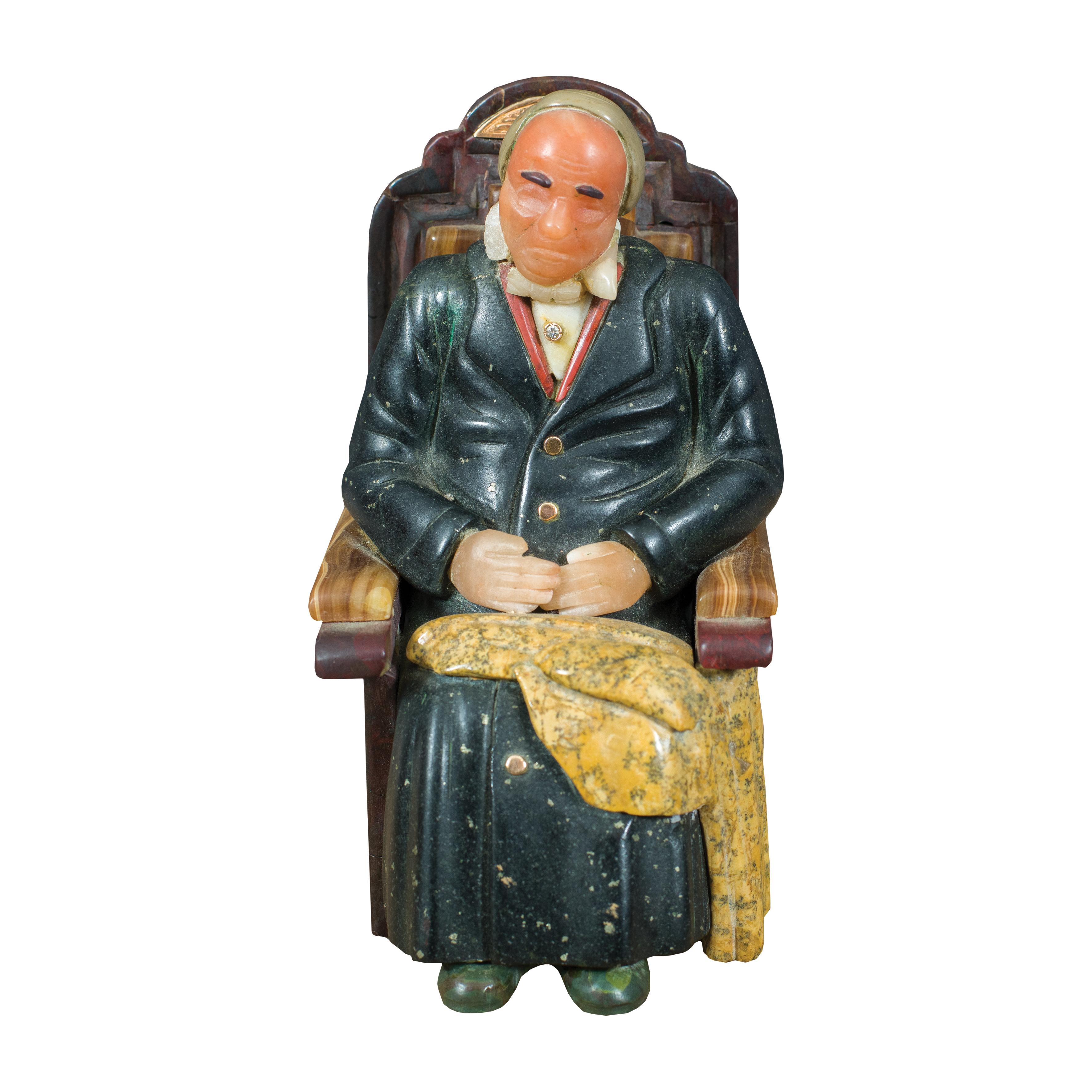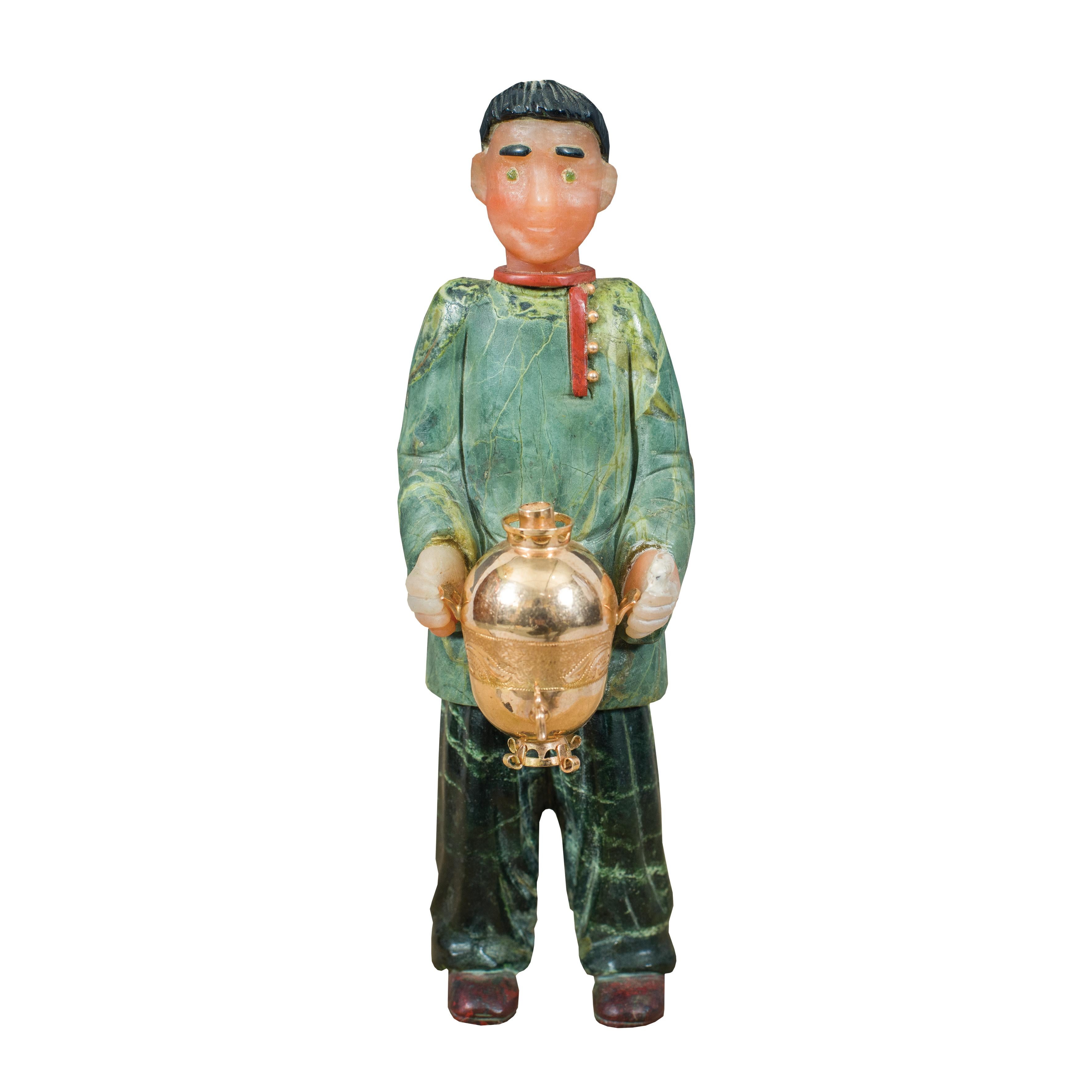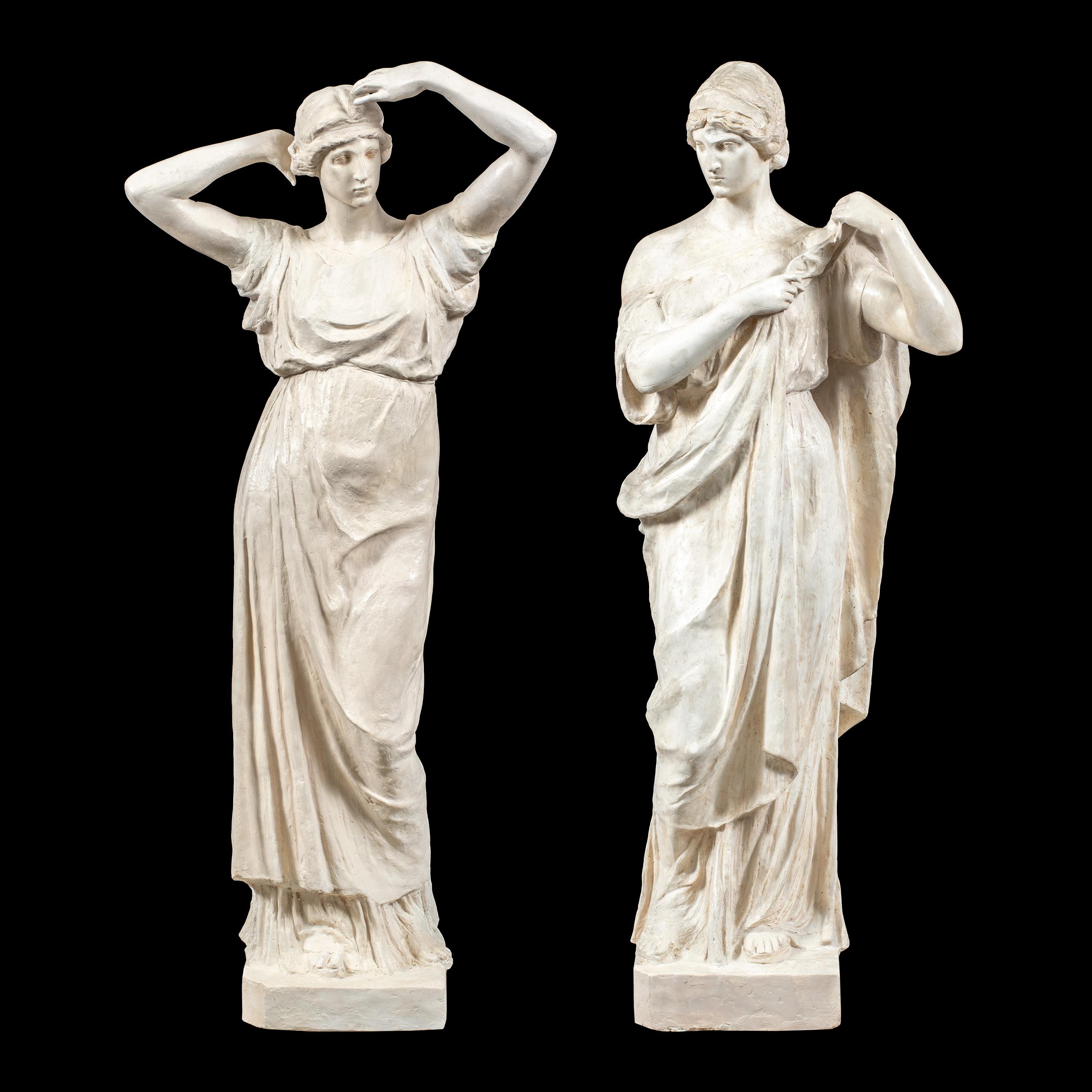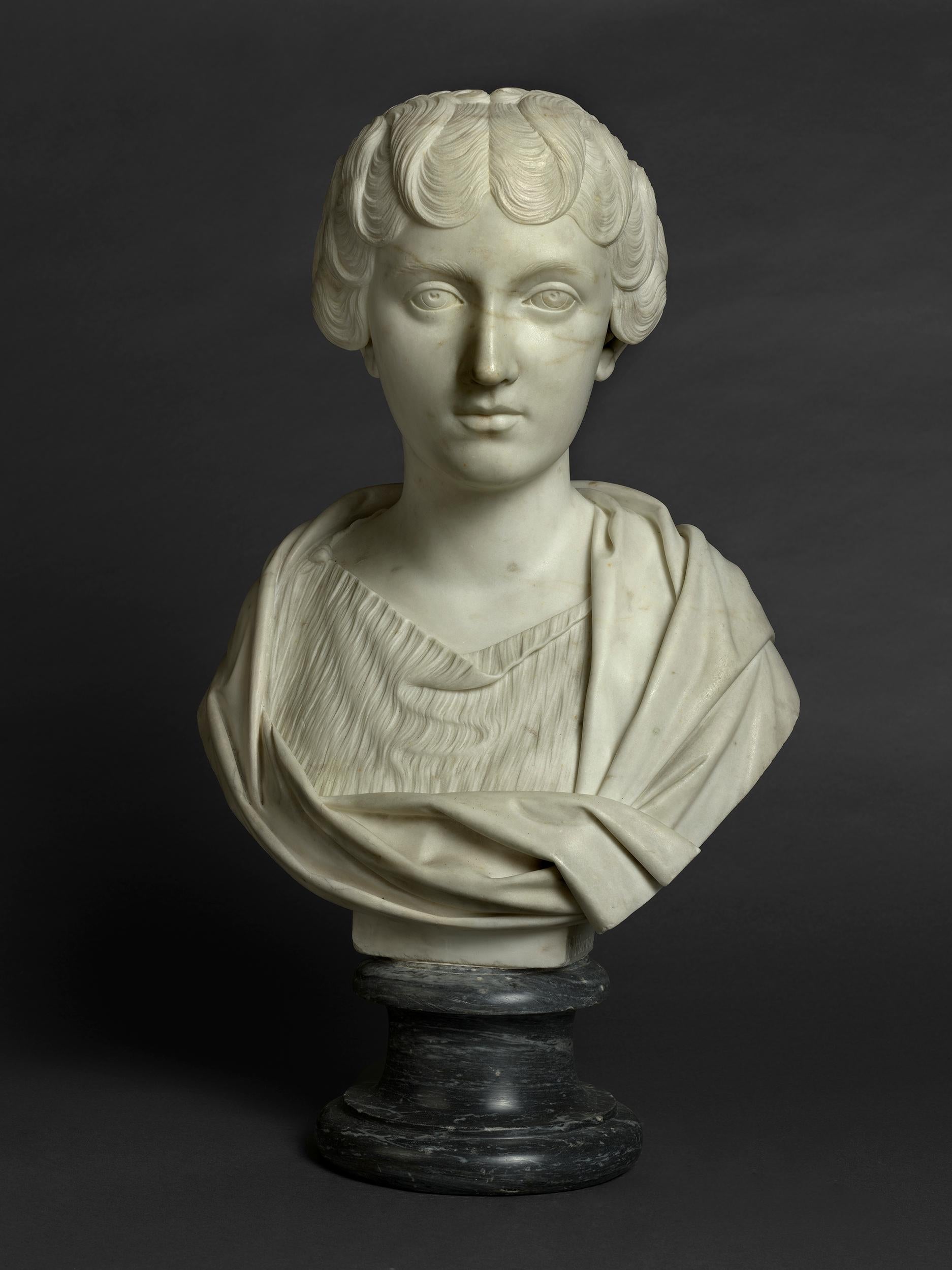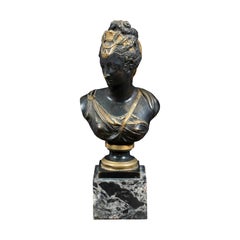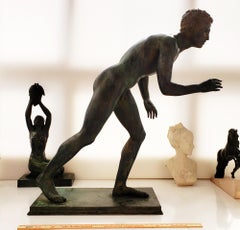
Ancient sculpture Whistling boy Vaclav Szczeblewski in terracotta XIX century
View Similar Items
Video Loading
1 of 14
Ancient sculpture Whistling boy Vaclav Szczeblewski in terracotta XIX century1895
1895
$1,183.94List Price
About the Item
- Creation Year:1895
- Dimensions:Height: 21.66 in (55 cm)Width: 6.11 in (15.5 cm)Depth: 6.11 in (15.5 cm)
- Medium:
- Movement & Style:
- After:Vaclav Szczeblewski (1875 - 1900, Polish)
- Period:
- Condition:
- Gallery Location:Madrid, ES
- Reference Number:Seller: P551stDibs: LU1196110041912
Authenticity Guarantee
In the unlikely event there’s an issue with an item’s authenticity, contact us within 1 year for a full refund. DetailsMoney-Back Guarantee
If your item is not as described, is damaged in transit, or does not arrive, contact us within 7 days for a full refund. Details24-Hour Cancellation
You have a 24-hour grace period in which to reconsider your purchase, with no questions asked.Vetted Professional Sellers
Our world-class sellers must adhere to strict standards for service and quality, maintaining the integrity of our listings.Price-Match Guarantee
If you find that a seller listed the same item for a lower price elsewhere, we’ll match it.Trusted Global Delivery
Our best-in-class carrier network provides specialized shipping options worldwide, including custom delivery.You May Also Like
Early 19th century Empire figure bronze sculpture - woman's bust
Located in Varmo, IT
Small bronze ornament - Bust of a woman. Italy, early 19th century.
8 x 8 x h 29 cm, without base h 23 cm.
Made entirely of patinated and gilded bronze. Depicting a female figure i...
Category
Early 19th Century Old Masters Figurative Sculptures
Materials
Marble, Bronze
Vanitas Vanitatum
Located in Villafranca Di Verona, IT
Numbered and limited to 8 copies
Signature: Hand-signed by artist
Authenticity: Sold with certificate of Authenticity from the gallery
Invoice from the gallery
Sculpture: bronze, me...
Category
Early 2000s Old Masters Figurative Sculptures
Materials
Metal, Bronze
Nude Male Runner Bronze patinated Classical After the Antique
Located in Miami, FL
Beautifully proportioned and handsome nude male bronze with Roman classically refined features after the Antique . It looks best with a key lighting th...
Category
20th Century Old Masters Nude Sculptures
Materials
Bronze
Wooden Sculptures Roman Soldiers Rome 18th Century Italy Art Gold
Located in Riva del Garda, IT
Wooden sculptures depicting a pair of full-length Roman soldiers
Rome, 18th century
Carved and gilded wood (walnut?)
Dimensions: Maximum height (at lance) 62 cm./ Maximum width: 28 ...
Category
18th Century Old Masters Sculptures
Materials
Gold
$6,491 Sale Price
20% Off
Antique Sculpture Female Moor Venice 19th Century Gold Italy
Located in Riva del Garda, IT
Antique sculpture of a female Moor with flowering cornucopia
Venice, 19th century
Carved, lacquered and gilded/silvered wood
Total height 202 cm (column base 82 cm, figure 120 cm)
...
Category
19th Century Old Masters Sculptures
Materials
Gold
Pair Carved Gilded Mirrors Gold Wood Venice 18th Century Italy Quality Baroque
Located in Riva del Garda, IT
Pair of carved and gilded mirror cabinets 'in the manner of Sansovino'
Venetian (or Tuscan) carver active in the 18th century
Carved and gilded wood
Total frame measurements: 86 x 6...
Category
18th Century Old Masters Sculptures
Materials
Gold
